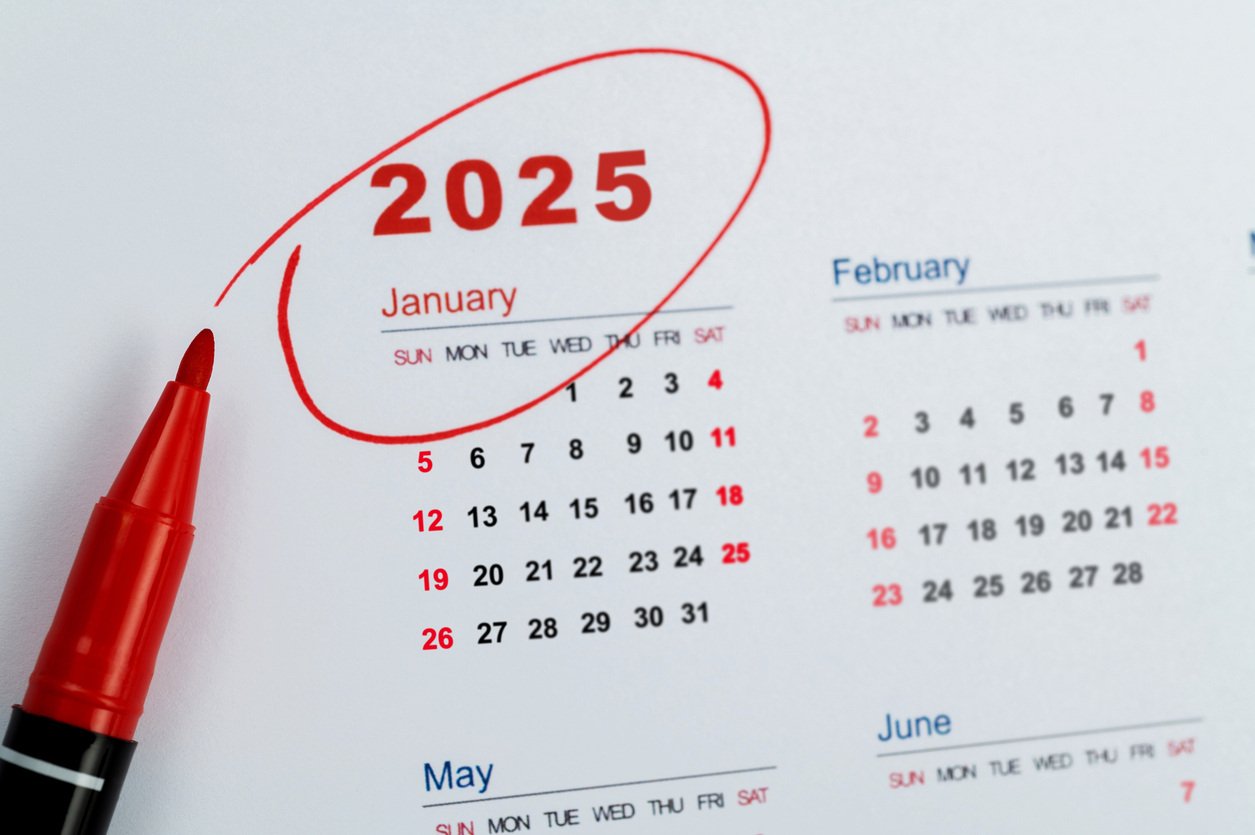
Written by
Germeen Tanas
Germeen is an aPHR-certified writer on the marketing team at BerniePortal. She writes about HR, healthcare, and benefits.
Will Artificial Intelligence Increase Workplace Discrimination?

The impact of AI in the workplace largely depends on who oversees its use, if anyone. Without proper oversight, employers who rely too heavily or carelessly on AI risk unintentional discrimination and significant legal consequences.
A notable example of AI-induced discrimination occurred in 2023 when iTutorGroup, an online learning platform based in China, used AI recruitment software programmed to automatically reject all female applicants over the age of 55 and male candidates over the age of 60. This case marked the first U.S. discrimination lawsuit involving AI hiring tools, and highlighted the potential risks of unregulated AI use.
EEOC Takes Action on AI
To address these concerns, the EEOC appointed its first Chief AI Officer on June 10, 2024. This step underscores the EEOC’s dedication to ensuring AI tools are used ethically, safeguarding workers' rights, and promoting inclusive workplaces.
Benefits and Challenges of AI in HR
Advantages of AI in HR:
- Streamlined Recruitment and Hiring: AI can analyze resumes and screen applicants, making the hiring process faster and more efficient. Sage Group reports that 24% of companies use AI in hiring, reducing costs and enhancing candidate selection.
- Enhanced Employee Onboarding: AI facilitates personalized learning experiences using virtual reality systems, improving new employee orientation.
- Optimized Task and Meeting Management: AI tools like FirefliesAI help schedule meetings, allocate resources, and manage meeting notes, saving HR time and enhancing productivity.
- Automated HR Administration and Compliance: AI streamlines payroll and benefits administration, minimizing human errors and ensuring compliance with regulations.
Risks and Challenges of AI in HR:
- Historical Data Bias: AI systems learn from historical data, which can perpetuate existing biases. For example, if a company has historically hired more men than women, AI might continue this trend, as seen with Amazon’s discarded AI hiring tool.
- Exclusionary Filters: AI may use filters that inadvertently exclude qualified candidates from diverse backgrounds, limiting the diversity of the applicant pool.
- Automated Rejections: AI systems might automatically reject candidates needing accommodations, violating laws like the ADA. This issue highlights the need for AI to be designed to support all candidates.
Understanding Legal Guidelines for AI in the Workplace
Policymakers are responding to AI’s growing role in the workplace. In October 2022, the EEOC introduced a blueprint for an AI Bill of Rights, calling for:
- Protection from unsafe or ineffective AI systems.
- Non-discriminatory algorithms.
- Safeguards against abusive data practices.
- Transparency about AI use and its impact on workers.
- The right to opt-out and access human oversight.
Later, in 2023, the EEOC released the AI Disparate Impact Guidance, classifying AI tools as employment “selection procedures” under Title VII of the Civil Rights Act of 1964. This guidance emphasizes:
- Ensuring AI practices do not disproportionately impact protected groups.
- Demonstrating that AI selection procedures are job-related and necessary.
- Exploring less discriminatory alternatives.
The “Four-Fifths Rule,” a guideline to identify potential discrimination, states that a selection rate below 80% suggests adverse impact. For instance, if 48 out of 80 White applicants and 12 out of 40 Black applicants advance, the selection rate for Whites is 60%, and for Blacks, 30%. The ratio (30/60 = 50%) is below 80%, indicating potential discrimination.
The technical assistance document uses the following example to explain the rule: An employer administers a personality test to 80 White applicants and 40 Black applicants. 48 of the White applicants and 12 of the Black applicants advance to the next step. The selection rate is thus 48/80= 60% for White applicants and 12/40 or 30% for black applicants. The ratio of the two rates is 30/60=50%, which is less than 80%, thus failing to meet the requirements of the four-fifths rule. The employer may be able to conclude that the personality test administered discriminates against Black applicants.
Keep in mind that the rule is just a guideline and isn’t applicable in all circumstances. An AI-related employment practice that follows this rule isn’t necessarily lawful.
There has actually been a push in recent years to ditch the four-fifths rule altogether. According to an AI Bias panel, “The four-fifths rule is a proclamation that practices that keep up to 20% more of a disadvantaged group from being hired should be accepted without further scrutiny.” This raises an important question: Is it legal or ethical to discriminate by a smaller margin? As an HR pro, you know that it is illegal for even a single person to be discriminated against because of the AI tools you use.
That’s why it’s extremely important for HR leaders and hiring managers to analyze, evaluate, and regularly monitor the processes that their job sites and recruitment platforms use.
White House Guidelines for Ethical AI Use
In May 2024, the White House outlined principles for AI in the workplace:
- Empower Workers: Involve workers in AI design, development, and oversight.
- Develop AI Ethically: Ensure AI systems are designed to protect workers’ rights.
- Establish Governance: Implement clear governance and human oversight for AI systems.
- Ensure Transparency: Communicate openly with employees and job seekers about AI use.
- Protect Labor Rights: Prevent AI from undermining workers’ rights.
- Support Workers Impacted by AI: Provide upskilling and support for workers affected by AI-driven changes.
- Secure Worker Data: Use AI data only for legitimate business purposes, ensuring data security.
Best Practices for Implementing AI Ethically
To ensure ethical AI use in HR, follow these best practices:
- Consult Experts: Engage employment lawyers or AI experts to review AI practices.
- Define AI Tools and Processes: Establish clear policies and procedures for AI use in hiring.
- Conduct Regular Audits: Test AI systems and maintain records to ensure compliance and fairness.
- Monitor and Analyze: Regularly review AI practices to identify and address any adverse impact on specific groups.
- Provide Training: Educate HR staff and hiring managers on ethical AI use.
- Clarify AI’s Purpose: Clearly define the goals of AI implementation.
- Enhance Transparency: Inform candidates about the use of AI in recruitment and selection processes.
Additional Resources
You can stay informed, educated, and up to date with important HR topics using BerniePortal’s comprehensive resources:
- BernieU—free online HR courses, approved for SHRM and HRCI recertification credit
- BerniePortal Blog—a one-stop shop for HR industry news
- HR Glossary—featuring the most common HR terms, acronyms, and compliance
- Resource Library—essential guides covering a comprehensive list of HR topics
- HR Party of One—our popular YouTube series and podcast, covering emerging HR trends and enduring HR topics
- Community—the HR Party of One Community forum, a place devoted to HR professionals to ask questions, learn more, and help others

Written by
Germeen Tanas
Germeen is an aPHR-certified writer on the marketing team at BerniePortal. She writes about HR, healthcare, and benefits.
Related Posts
Each year, new state and local regulations take effect, and with a new administration...
As we approach 2025, it's essential for HR professionals to plan for the upcoming year's...
From major holidays to key compliance and ACA deadlines, here’s everything you need to...








Submit a Comment